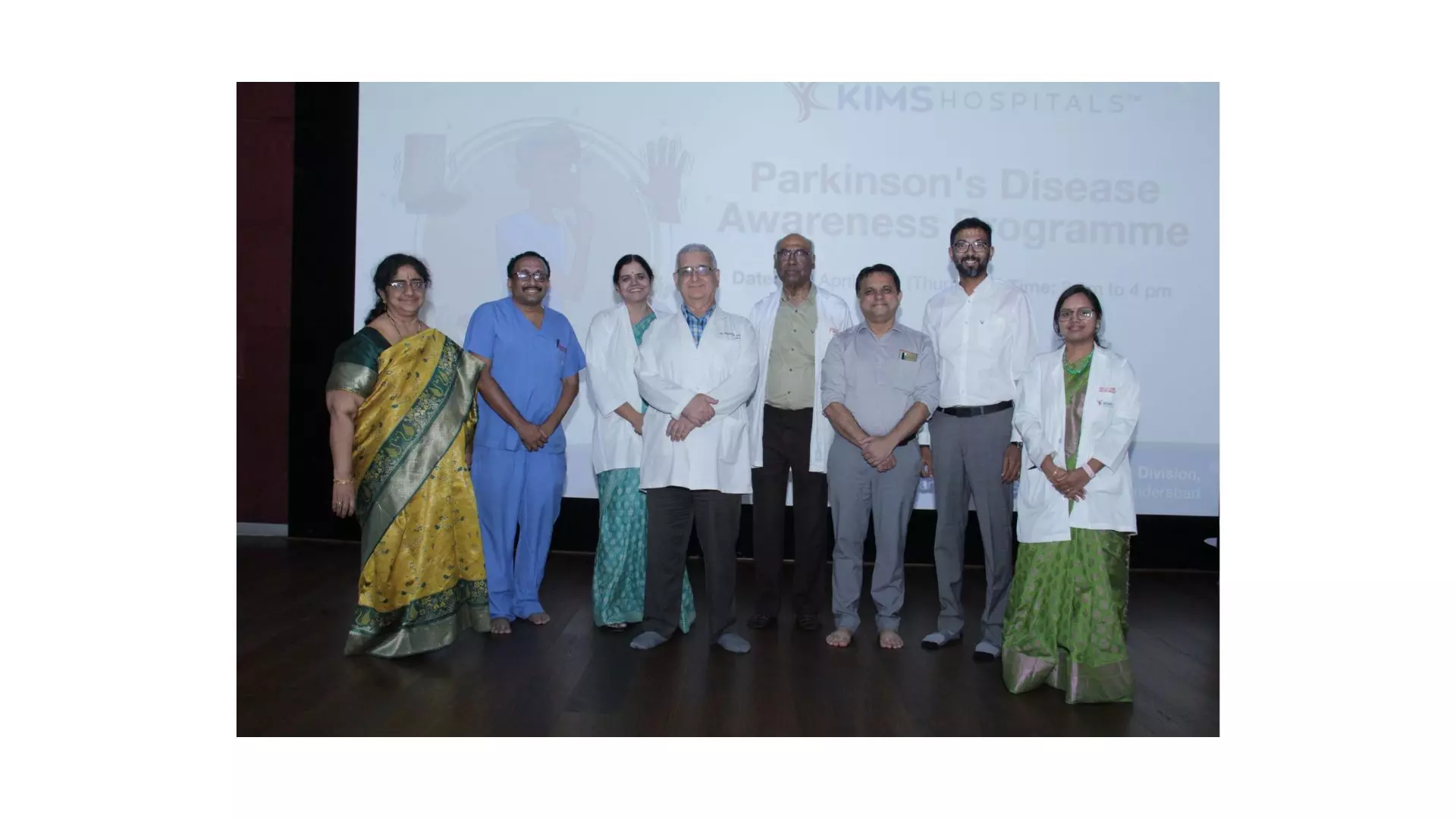Parkinson's disease was known 4,500 years ago!

Who invented this?
PD was first described by James Parkinson in his 1817 Essay on the Shaking Palsy. PD is a growing source of disability and mortality among neurologic disorders. The estimated prevalence is 94 cases per 100,000 people above 40 years of age. In India, according to a recent study, approximately 7 million people are affected with Parkinson’s disease.
Risk factors
The incidence and prevalence rise steadily in adults beginning in the fifth decade. Males have a higher risk of PD than females by a ratio of approximately 1.4:1. Factors associated with lower lifetime estrogen exposure (eg, early menopause, higher parity) have been associated with increased PD risk in females. A family history of PD in a first-degree relative is associated with a two- to threefold increase in the risk of PD. Exposure to pesticides, air pollution, including nitrogen dioxide and fine particulate matter, high consumption of dairy products, and exposure to copper, manganese, or lead also causes PD.
A variety of medical and psychiatric illnesses in early or mid-life have been associated with increased risk of PD in observational studies.Excess body weight and metabolic syndrome, type 2 diabetes mellitus, history of traumatic brain injury, and history of melanoma or prostate cancer are also some risk factors.
PD is characterized by three main motor features: tremor, bradykinesia, and rigidity. Tremor is the presenting symptom in approximately 70 to 80 percent of patients. In the early stages of PD, tremor is usually intermittent and may not be noticeable to others. However, as the disease progresses, the tremor usually becomes more apparent.Tremor usually starts unilaterally in the hand and then spreads contralaterally to the legs, lips, jaw, and tongue but rarely involves the head. Anxiety, emotional excitement, or stressful situations can exacerbate the tremor. They can't express themselves on their face, blinking rate of their eyes reduces. They can't speak loudly, and clearly. Swallowing becomes difficult. Saliva comes from the mouth.Handwriting impairs. Subacute axial dystonia with lateral flexion of the trunk, head, and neck, and also Scoliosis will be there. They face difficulty turning in bed. Cognitive dysfunction and dementia, mood disorders including depression, anxiety, apathy/abulia, and sleep disturbances will be there.

